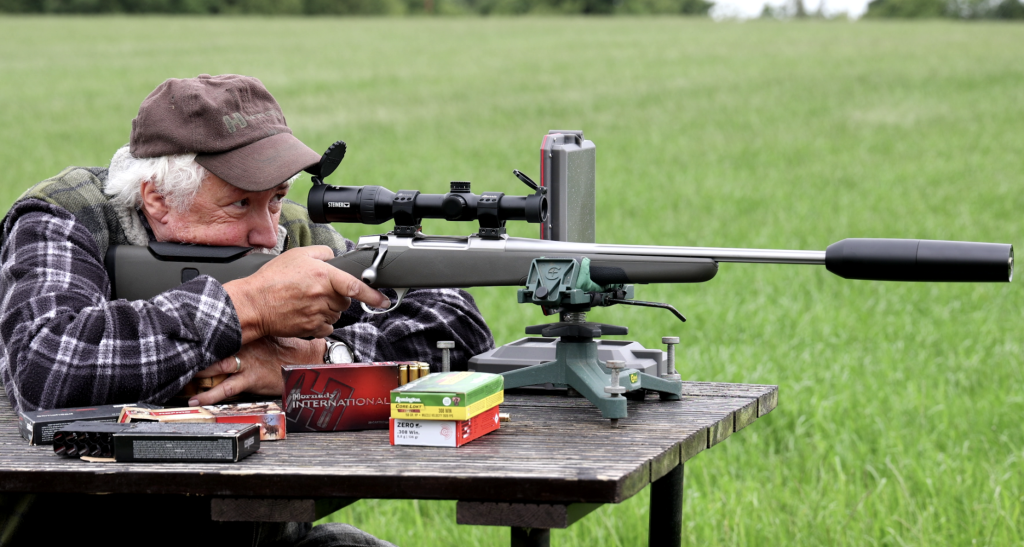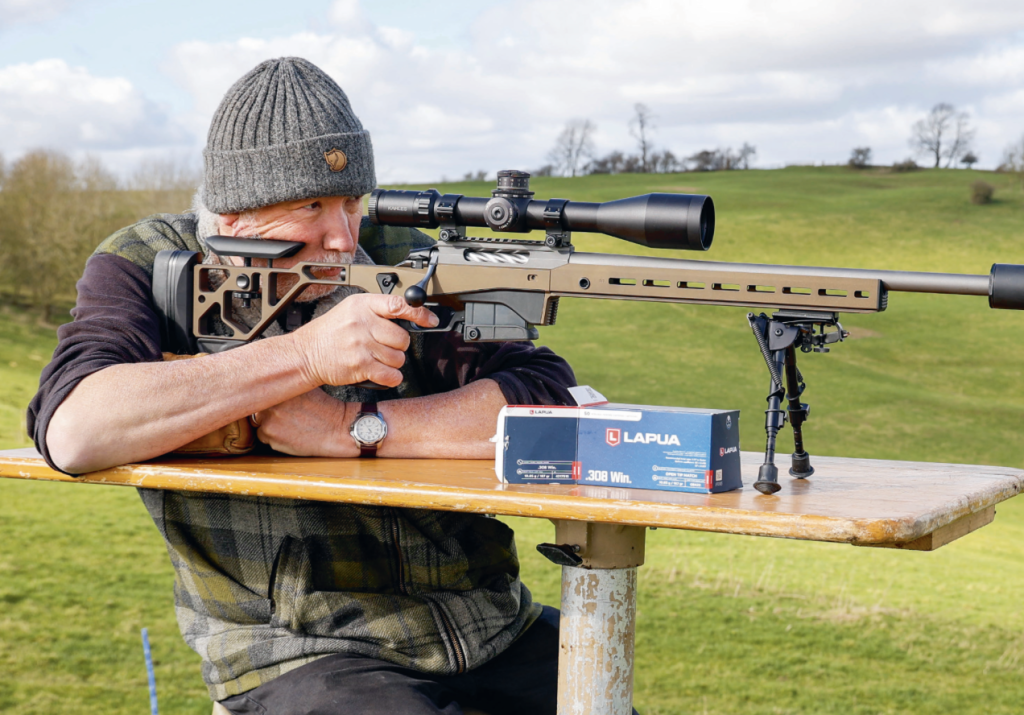The sexy sixes!
Ryan Charlton delves deep into the rabbit hole of 6mm cartridges, examining some of the most popular home-loads in Precision Shooting
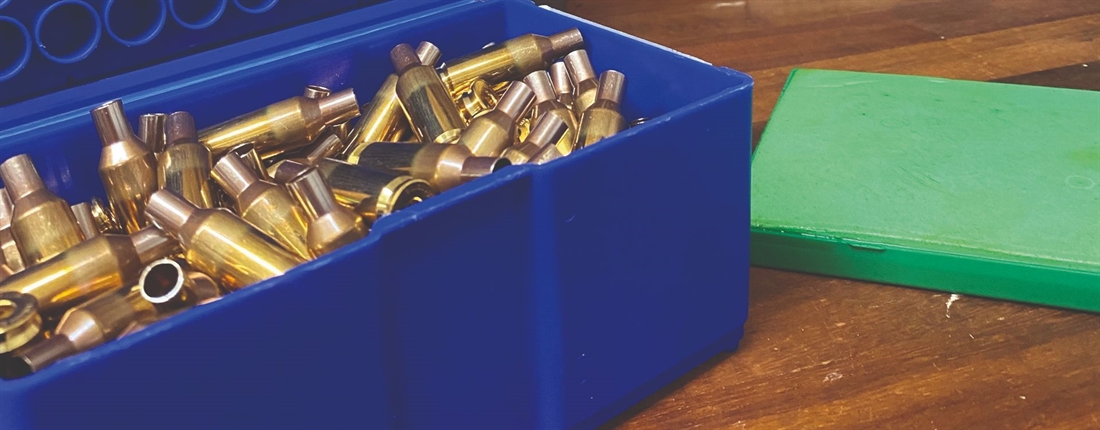
We’re taking a deeper dive down the rabbit hole of more specialist cartridges. As UK shooters have followed the lead of the world leaders in Precision Rifle Shooting from America, the cartridges have become smaller. This is because Precision Rifle shooters have to spot their own shots to make corrections on the clock whilst shooting a stage, and the low-recoiling, high-performance cartridges make this easier.

Kicking off with two mid-sized 6mms; the 6mm XC and 6×47. The 6mm XC was developed in the US for High Power target shooting, where accuracy and performance down range are placed above everything else. The case geometry and 30 degree shoulder was perfected by long-range shooting legend David Tubb, for excellent feeding from magazines and maximum efficiency, which means it’ll match a .243 win muzzle velocity with less powder. The 6×47 began as a wildcat version of the Lapua 6.5×47. Requiring just one pass through a 6mm sizing die to form, it shares the 30 degree shoulder with the XC, which ensures smooth feeding and minimal growth during the firing cycle. Both of these cartridges are competition proven and will handle bullets ranging from 95gr up to 115gr; most common bullets are 105gr Berger Hybrids, 107 or 110gr Sierra Matchkings, 115gr Nosler RDF or 108gr Hornady ELD-M. Using these bullets muzzle velocities of 2950- 3000fps are common.
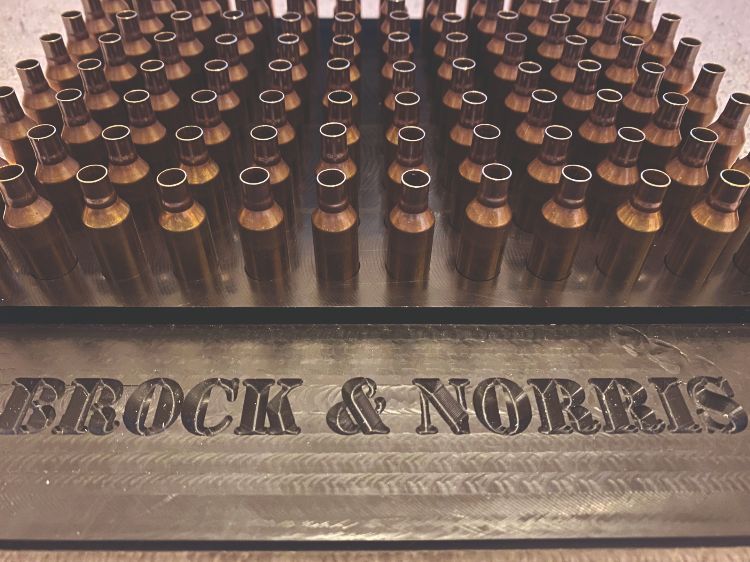
Precision Rifle shooting is full of contradictions and this article is no exception! If you’re already a home loader and don’t wish to fully commit to the 6mm bandwagon, then a 6.5×47 could be the holy grail. Originally designed for mid-range bench rest competitions, it has a proven accuracy record and the 30 degree shoulder means feeding is silky smooth and very reliable. A wide choice of high-quality brass is available, which means it’s a darling of the precision hand loader. Ballistically it will match a mild 6.5 Creedmoor load using less powder to propel the same weight bullets.
If you’ve been around rifle shooting for a while then you’ll be familiar with the small but mighty 6mm BR, with a long neck designed for maximum accuracy and a short and wide powder column for maximum efficiency. It’s a proven pedigree in benchrest competitions. Using a small powder charge means recoil is minimal, which ticks a big box for Precision Rifle shooters. However, owing to its short case, it’s developed a reputation for troublesome feeding in repeater actions. Thankfully, careful magazine selection such as the 6BR specific offerings from MDT, enable you to make the most of all of the positive points. Using bullets in the 100-110gr region muzzle velocities of around 2750-2800fps are common, making the most of the mild manners and high BC of the bullets.
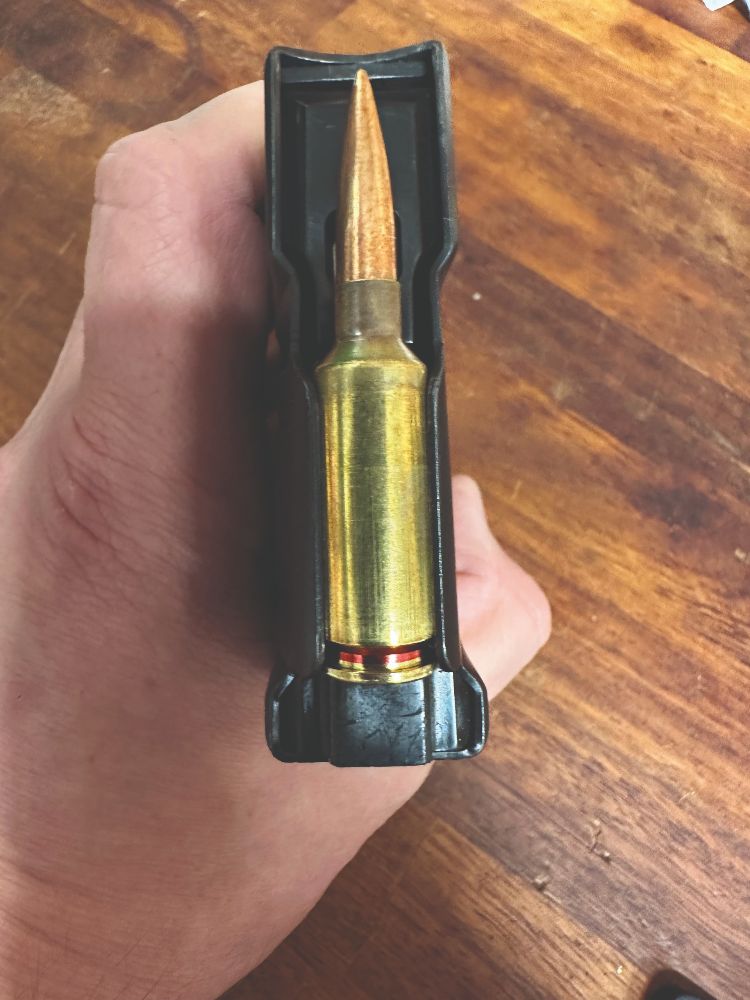
6mm BR has become the parent cartridge for multiple wildcats that have become a regular feature on the firing lines of Precision Rifle matches across the globe. Small gains in case capacity can be made by fire forming the BR case in a wildcat chamber, meaning a higher max muzzle velocity or the ability to hit the same velocity at a lower pressure to increase reliability. Another advantage of running an improved cartridge at the same speed as the parent case is extended barrel life due to the lower pressure and lower heat.
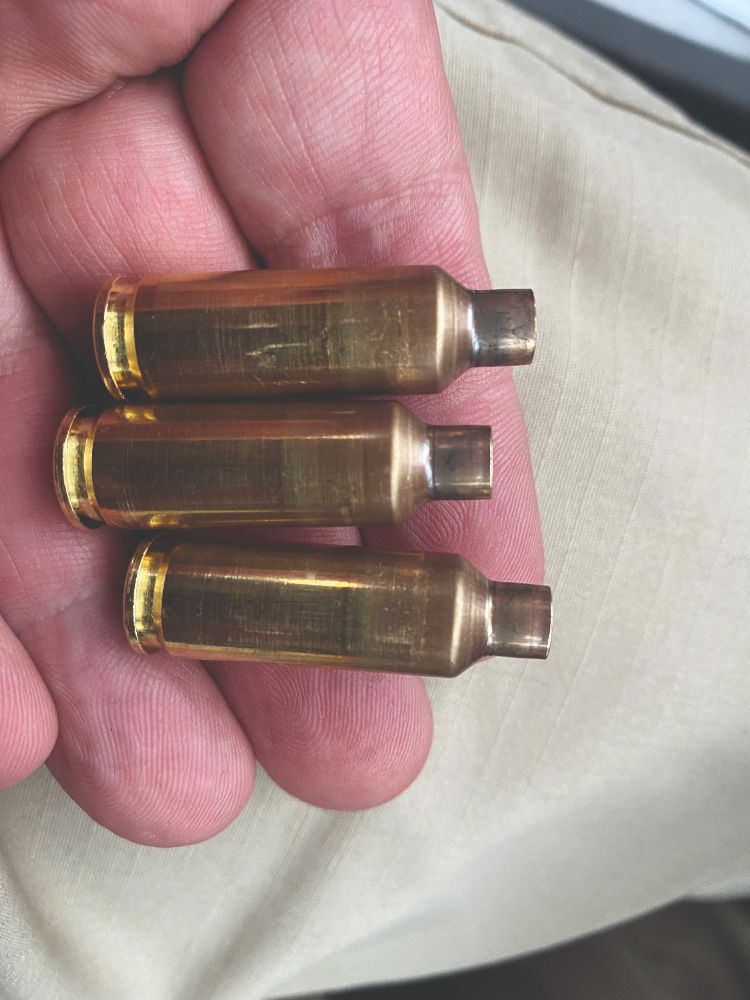
The 6mm BRA is essentially an Ackley improved version of the BR. The shoulder angle is changed from 30 to 40 degrees which increases the case capacity for powder and resists stretching. Fire forming is simply a case of chambering 6mm BR and shooting it, so that a BRA case is ejected. The original long neck is retained which maximises velocity and accuracy potential.
The absolute darling of the Precision Rifle world is the 6mm Dasher. Based on a 6mm BR, it has a shorter neck and a 40 degree shoulder which is moved forwards from the original position. By changing the shoulder angle and moving it forward, case capacity is increased approximately 10%, which allows a speed increase of around 100fps for equivalent pressure compared to a BR. The increased performance comes at a premium, however, either by buying Dasher brass which is both rare and costly (approximately double the cost of regular BR brass – if you can find it). Or time spent fire forming, which because of how the shoulder moves forwards is a slightly more involved process.
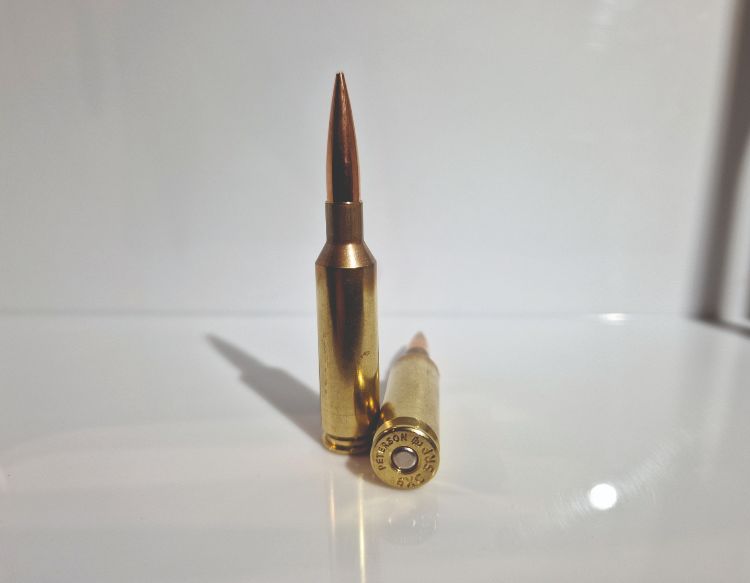
The most common method of fire forming BR to Dasher is “The False Shoulder” method. This involves expanding the neck from 6mm up to 6.5mm, before sizing most of it back down to 6mm with a lump at the base creating a false shoulder to headspace on. Once the false shoulder has been set, continue as normal by priming and powdering the case before seating a bullet. Most will seat it intentionally long jamming the bullet into the lands of the barrel. This creates peak pressure quickly during the firing cycle which assists the brass in “blowing out” to form a Dasher case. Though it’s an involved process it’s a great way to get some positional shooting practice done – just be sure to catch all of the brass! Even with all of the prep work there will be some losses, usually around 1%, crushing the cases when expanding up, or splitting necks when firing. As long as you keep an eye on things, losses will be minimised. It’s no coincidence that every major title in Precision Rifle Shooting in the past year has been won with a Dasher; it’s soft shooting, reliable, unfussy when loading and inherently accurate.

So, there you have it, a brief run down on some of the most popular cartridges featuring in UK Precision Rifle shooting. Hopefully it will help some readers draw up a shortlist. Ultimately, as long as you’re out shooting it doesn’t matter what cartridge you’re shooting, splitting hairs on performance matters won’t make up for being out of practice. Remember the key points, “the Indian is more important than the arrow” and availability is the key to continuing shooting.
Image credits: Ryan Charlton
Related Articles
Get the latest news delivered direct to your door
Subscribe to Rifle Shooter
Elevate your shooting experience with a subscription to Rifle Shooter magazine, the UK’s premier publication for dedicated rifle enthusiasts.
Whether you’re a seasoned shot or new to the sport, Rifle Shooter delivers expert insights, in-depth gear reviews and invaluable techniques to enhance your skills. Each bi-monthly issue brings you the latest in deer stalking, foxing, long-range shooting, and international hunting adventures, all crafted by leading experts from Britain and around the world.
By subscribing, you’ll not only save on the retail price but also gain exclusive access to £2 million Public Liability Insurance, covering recreational and professional use of shotguns, rifles, and airguns.
Don’t miss out on the opportunity to join a community of passionate shooters and stay at the forefront of rifle technology and technique.



